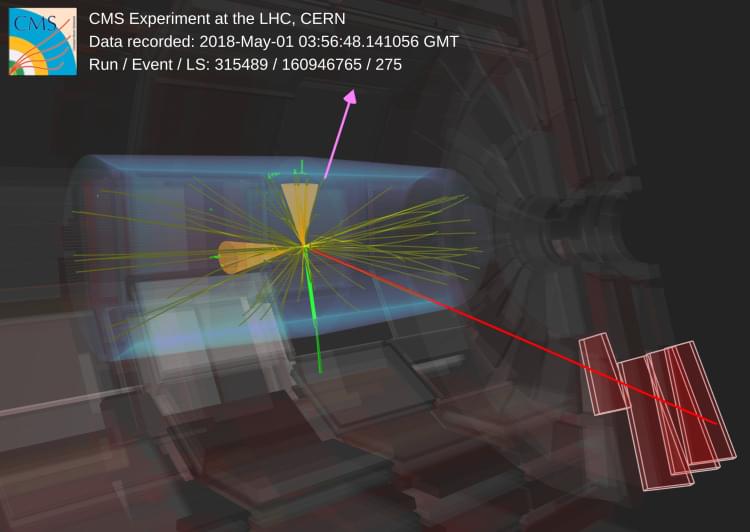Renowned physicist Stephen Hawking passed away earlier this year, but his legacy to science will live on. His final theory on the origin of the universe has now been published, and it offers an interesting departure from earlier ideas about the nature of the “multiverse.”
Ideas about how the universe came to exist the way we see it today have been adapted and built on for decades. The new paper, authored by Hawking and Professor Thomas Hertog, adds to the literature with a new understanding of a theory known as eternal inflation.
After the Big Bang kickstarted the universe, it expanded exponentially for a brief fraction of a fraction of a second. When that inflationary period ended, the universe continued to expand at a much slower rate. But according to the eternal inflation model, quantum fluctuations mean that in some regions of the universe, that rapid inflation never stopped. That results in a gigantic “background” universe full of an infinite number of smaller pocket universes – including the one we live in.








